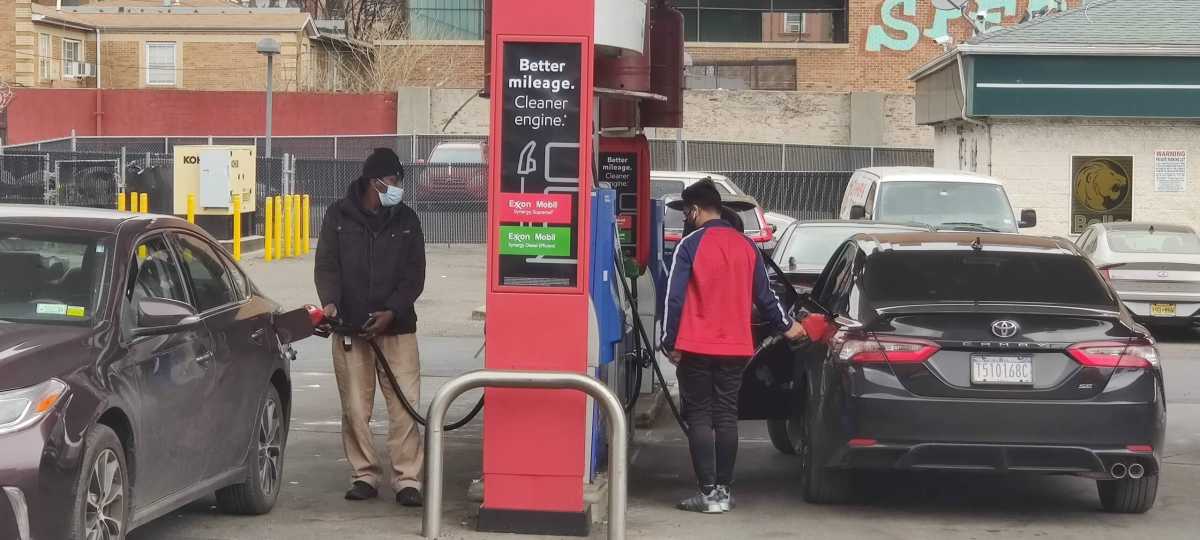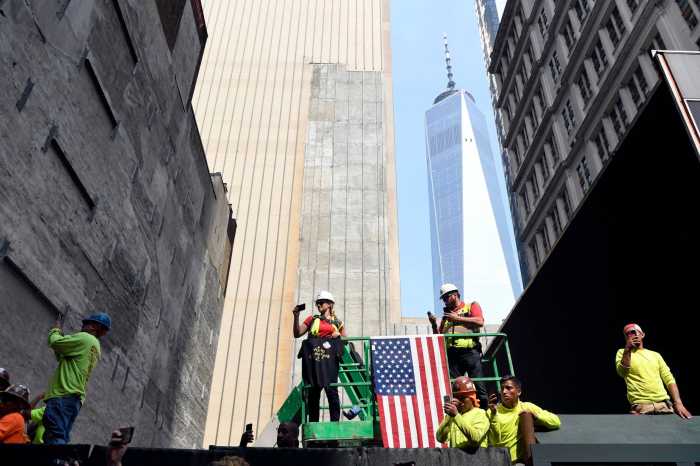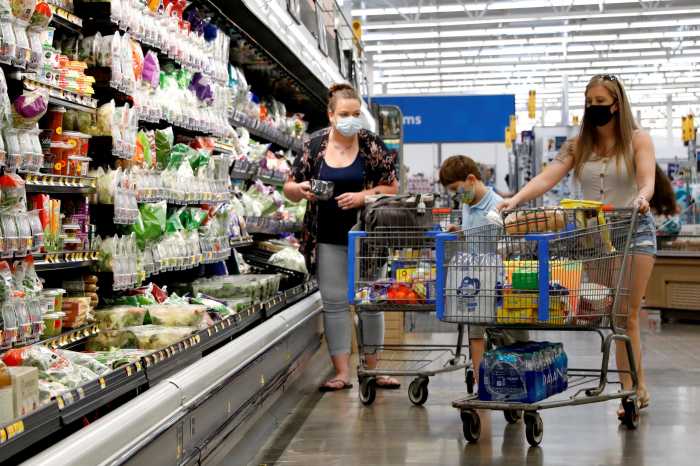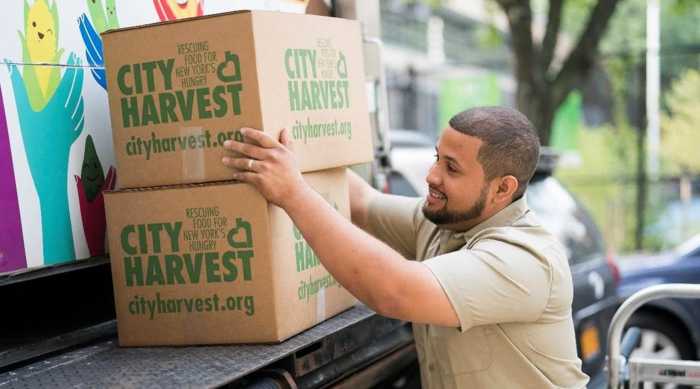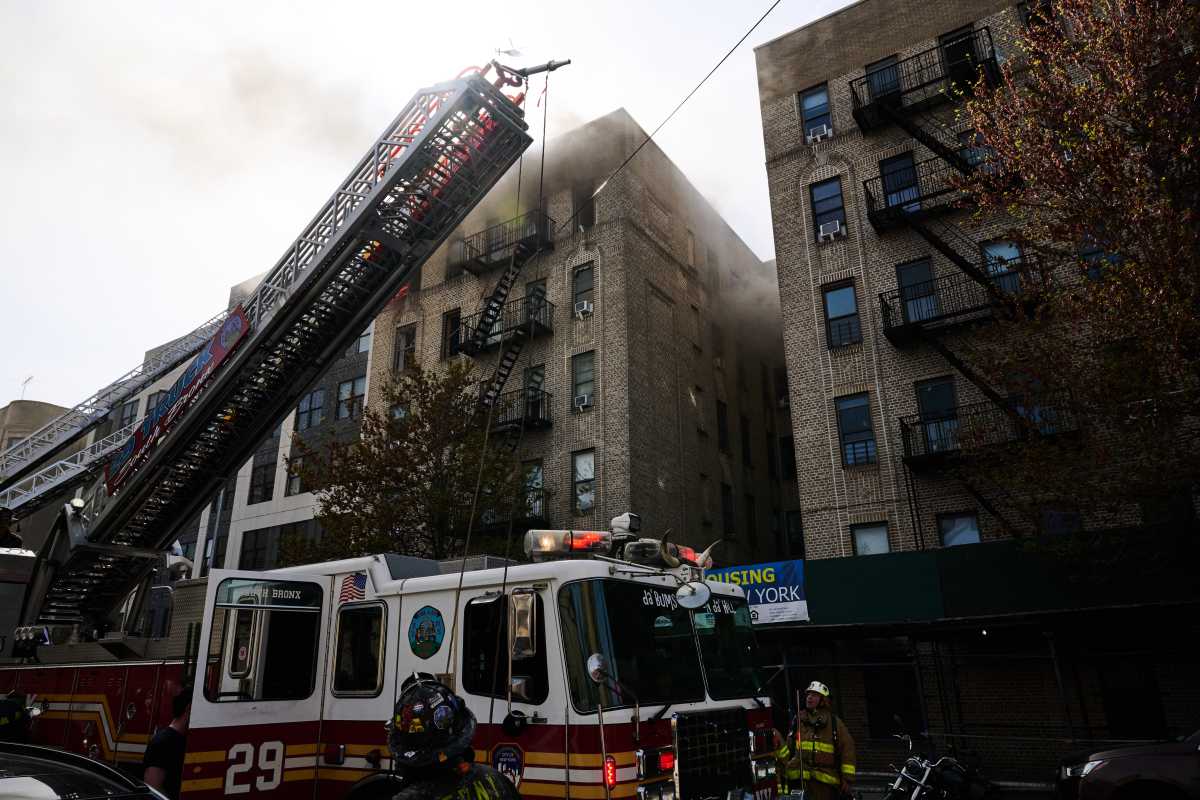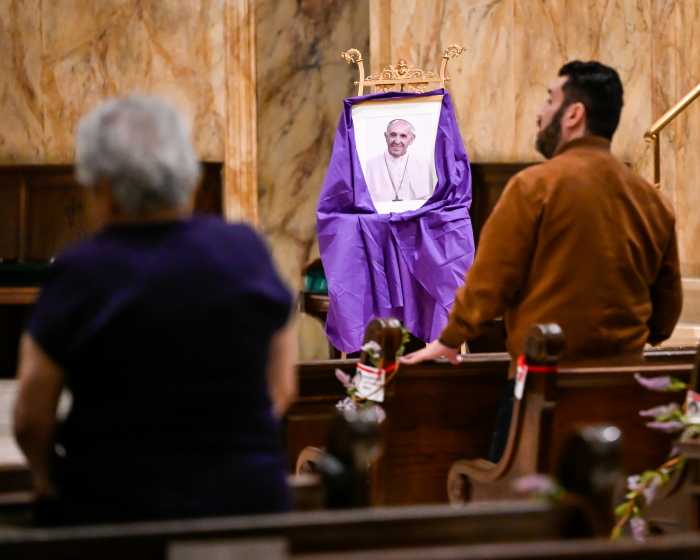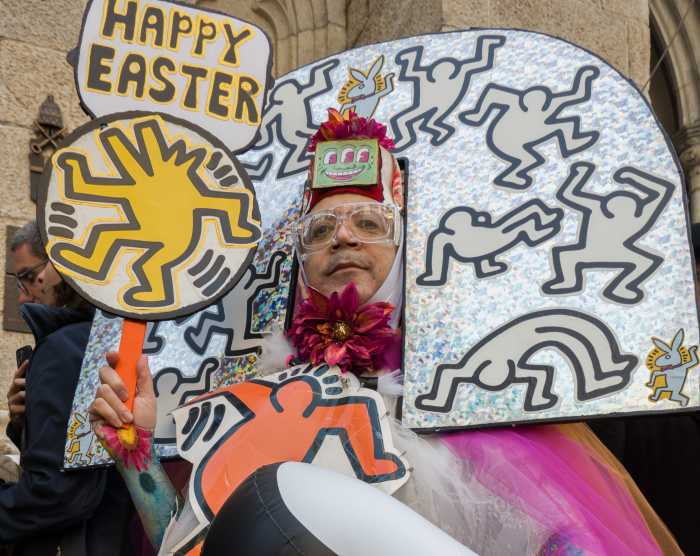Editor’s note: These days, every New Yorker seems to be muttering that not only is the rent “too damn high,” as the perennial candidate Jimmy McMillan famously opined, but so is everything else — from buying groceries, to paying the utility bills, to filling up the gas tank and more. This is the first story in amNewYork Metro’s multi-part series examining the impact of inflation on the working New Yorker and local businesses.
New Yorkers are seeing gas prices go up, but it can go either way in the near future.
According to January projections from the U.S. Energy Information Administration (EIA), the gasoline demand growth will slow down through 2022, driving prices down in the next months.
Prices are expected to average at $3.06 dollars per gallon this year, up from the $3 dollars average in 2021, but down from last year’s high of $3.43 in NYC according to the New York State Energy Research and Development Authority. This trend is expected to continue and keep prices dropping down to $2.80 dollars in 2023, nationwide.
The EIA forecasts that there will be more driving in the U.S. in 2022 and 2023 than there was before the COVID-19 pandemic, but it will be offset by the increase of gas-economic cars —vehicles that need less fuel to function than those from the past— which will ultimately slow down the growth of gas demand.
Driving to get a bargain
For Brooklyn drivers, it might just be the increase in prices what brings down the gas demand.
“What I have noticed in the last week is that the same volume of people come to get gas, but they get less than they used to,” said Gigi Clair, 48, who has worked at a gas station on the corner of Bedford Avenue and Atlantic for the last eight months. “People might be running tighter on what they can afford and keeping their fingers crossed until they make it home.”
Many New Yorkers depend on the prices of public transportation staying low to make their commute.
Clair has stopped driving her car to work since the price surge and says she will continue to take two busses to get back home unless gas prices drop back down to $2.75.
For others, that is not an option. Cristian Hidalgo, 42, is an Uber driver living in Crown Heights. He had to drive 4.4 miles before starting his workday to get to a gas station in Greenpoint, where gas prices reached $3.47 on Feb. 22, slightly shy from the $3.63 dollars per gallon at the stations in his area.
“I wouldn’t go out of my way if this was only happening for now, but it has been coming for a while now and it seems like it might get much worse,” he said.
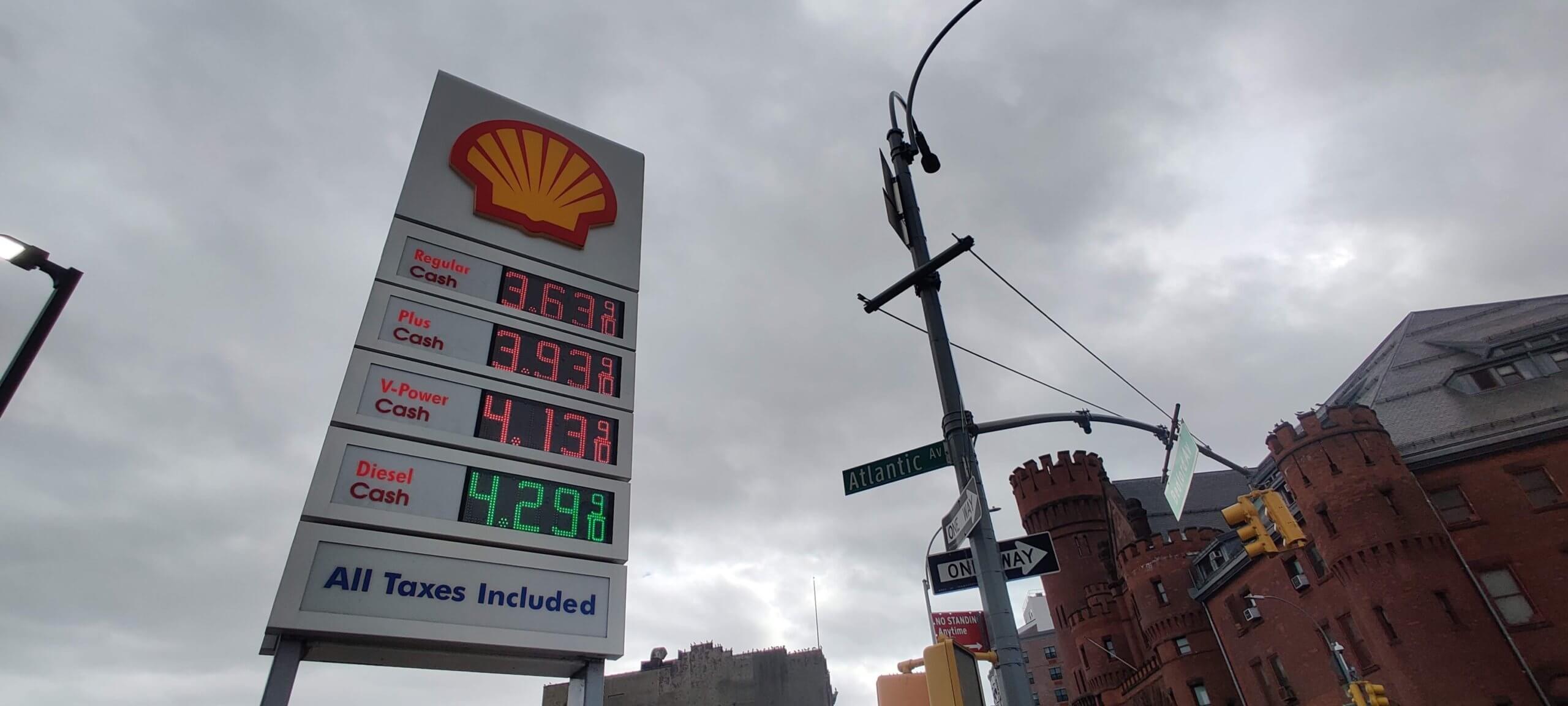
Global oil price trends reach all the way to consumers’ pockets within a week or two. With the world awaiting a possible oil crisis as bans take place on commerce with Russia, one of the largest oil suppliers, the price projections for this year might be obsolete.
“It is frustrating that our economy and our lives are still so dependent on gas or diesel prices in 2022,” said truck driver Roger Stuart, 39, who drives a 2017 Freightliner Cascadia across New York State. “Renewable alternatives are not coming fast enough. … Its even worse outside the city, on the highways.”
“Between electricity bills coming in more and more expensive and gas costing more every day, I don’t know even know what I can afford at the supermarket anymore,” said Lorna White, 58, a Bedford-Stuyvesant based teacher and mother of three.
“I come out every day expecting it to be more expensive and expecting to have less clients,” said Malcom Reiner, 62, owner of a car repairs shop on Bedford Avenue. “I even hope for bad weather so people have to use their cars to get around.”
There are talks in Washington of suspending federal taxes on gasoline, which could help restrain prices at the pump, at least for a short time.
The Biden administration is pausing new federal oil and gas leases and permits after a judge blocked the government from weighing the cost of climate damage in decisions.
‘Tough for everyone’
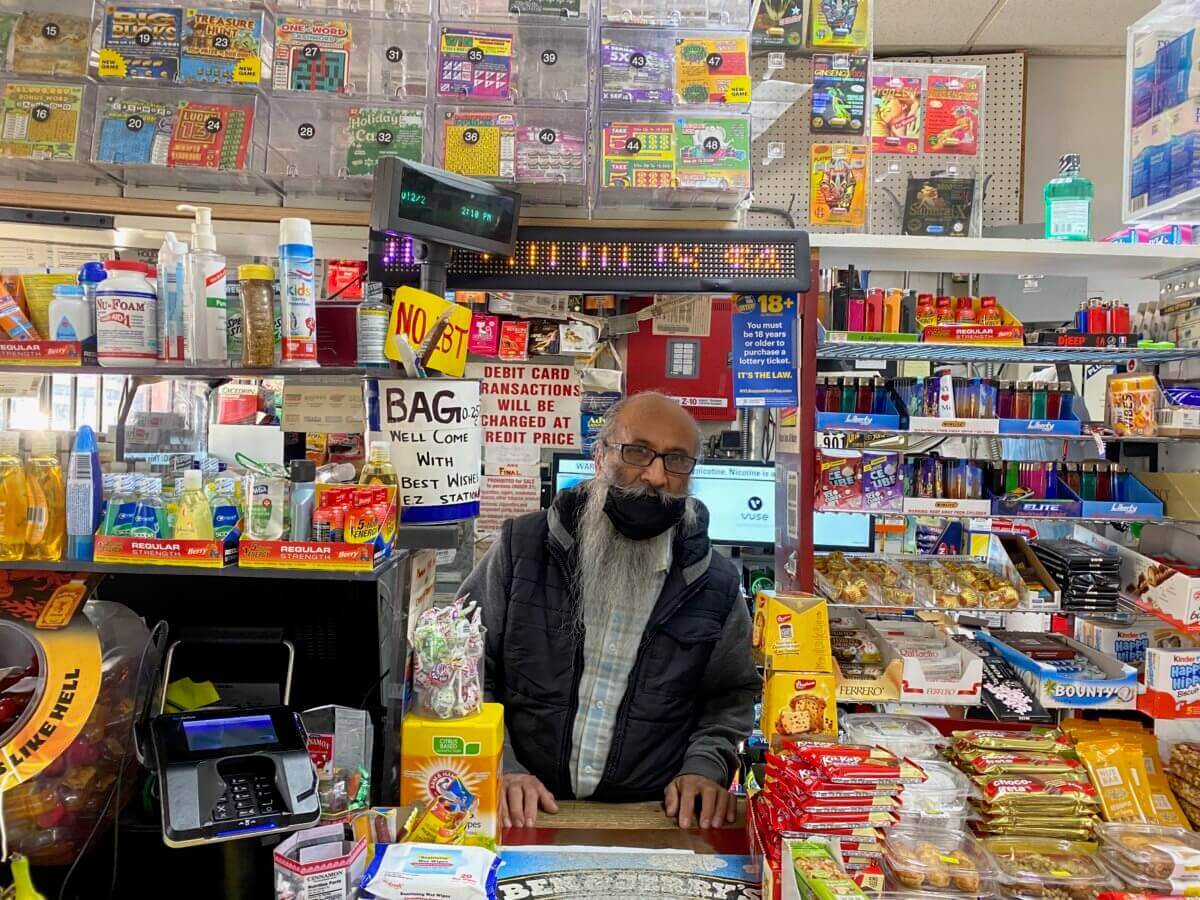
Queens residents have also been feeling the effects of inflation — rising prices and a loss of purchasing power — all without wages matching the increase in the cost of living.
The price of gas alone has gone up about one dollar this year. Gas station owners are scared, drivers are budgeting and no one knows who to blame.
Tasos Drivas opened a Mobil gas station in Long Island City nearly 30 years ago, and he told QNS he worries every day about losing his business.
“What will I do if I lose this [business]?” Drivas said. “I already lost two-thirds of the business I had, and at my age now, it’s not the time to start again. The businesses have been struggling after the government stopped giving out checks. Now, over 90% of people use credit cards at my station. It’s a problem. It’s very tough for everyone.”
Drivas said that he sees fewer and fewer people come around to purchase gas at his station. Sometimes, customers only fill up a few dollars’ worth of gas at a time when they can afford to do so. On top of this, he noticed many Uber and Lyft drivers coming through his station, many of whom pay for their gas but complain that their wages do not cover the rising costs.
“Whatever you touch is more expensive,” Drivas said. “The prices go up everywhere. I’m worried; everyone’s worried.”
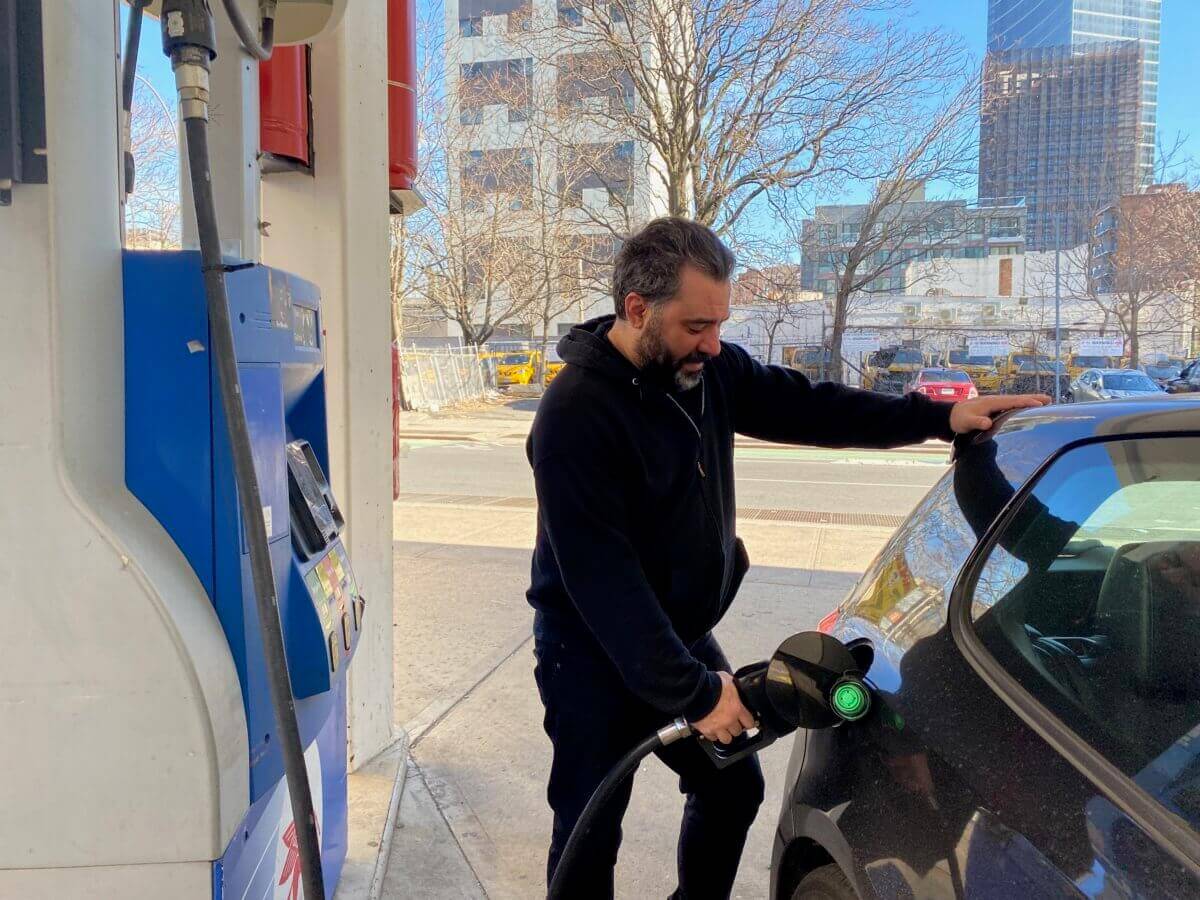
Anthony, a Lyft driver, said that he applied to work for Uber since he heard they would pay 25 cents on the dollar for gas. “It’s very little,” Anthony said, “but every bit counts.”
“The gas every day is different; I pay more for gas every day,” Anthony said. “Working in the city, you use the most gas. The more you work, the more you pay.”
But it’s not just gas prices that have dramatically increased — food, clothing and other items have also seen prices rise over the past few months.
Anthony said he and his wife struggle to keep up. A trip to the grocery store, which once cost around $100, has doubled.
“My wife told me this morning, our grocery bill went up to $200, just for food,” Anthony said.
With inflation soaring over the past year and reaching its highest rates in four decades, it is hard to predict an end to the rise in prices. The Labor Department released a statement earlier this month saying consumer prices jumped 7.5% last month compared to the previous year, the steepest increase since February 1982.
The next installment in the “Everything is Too Damn High” series will look at how New York families are feeling the pinch when it comes to putting food on their tables, and how grocers are struggling to stock the shelves.



